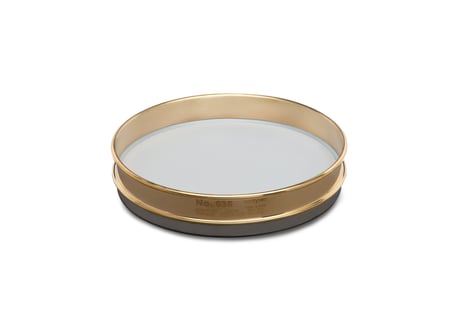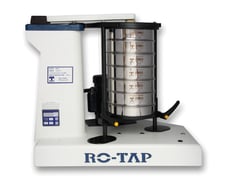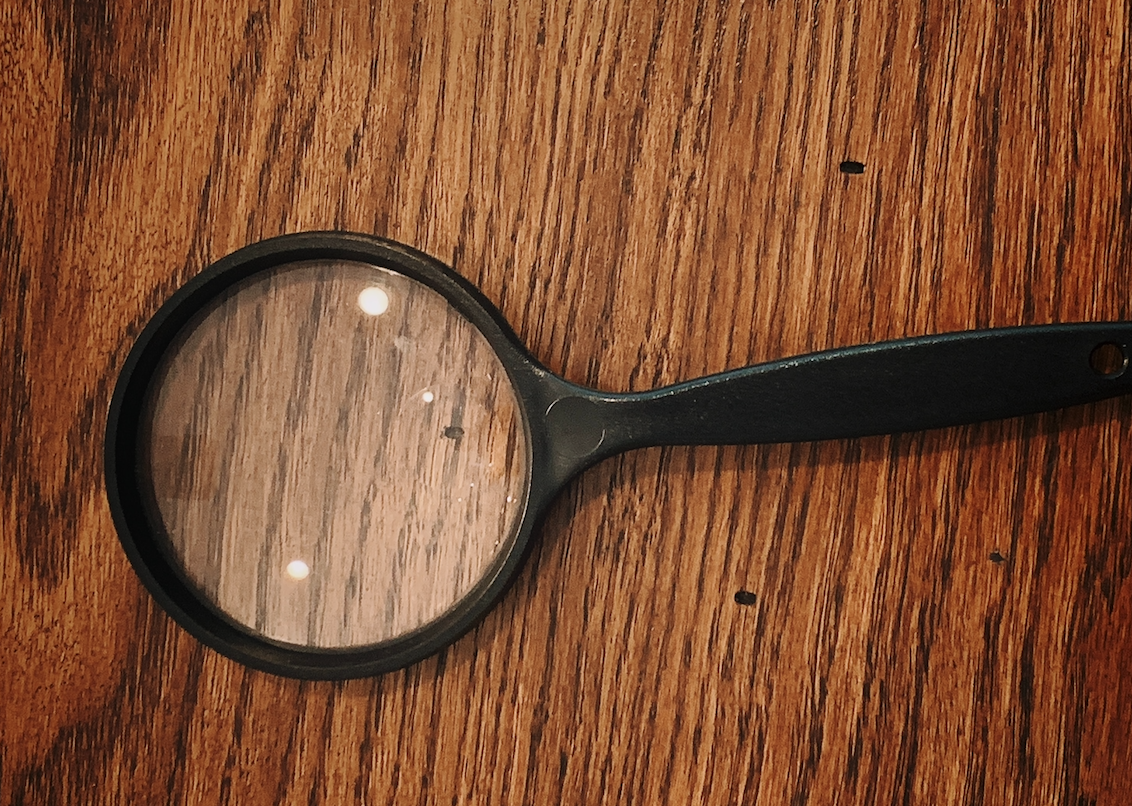5 Misconceptions about Sieves and Sieve Shakers
Misconceptions are a natural part of any product or service. Test sieves have been around for over 130 years. When a product has been around this long, there are going to be some things that change and some misconceptions that come along the way.
For products in the particle analysis world, misconceptions can cause ripples in the purchasing process or even the usage of the equipment itself.
At W.S. Tyler, we think it is important to set the record straight on 5 of the most common misconceptions around particle size analysis equipment.
In this article, you can expect to hear the truths around these misconceptions:
- Brass Sieves are better than stainless steel sieves
- Test Sieves can be calibrated/repaired
- Sieve Shakers can be used in the production line
- Sieves are FDA Approved
- Sieve Shakers can be calibrated or certified
Misconception #1: Brass sieves are better than stainless steel

At W.S. Tyler, we sell both brass and stainless steel test sieves. We have been manufacturing sieves for over 100 years. In those 100 years, a lot has changed in the resources available for manufacturing.
When we first started manufacturing sieves, stainless steel was not as commonly used and was more expensive.
A lot of consumers buy or want to buy brass test sieves. There is a common misconception that they are more durable and longer-lasting. As consumers, we are all truly creatures of habit, and because we used to buy sieves in brass, we feel like we should continue to do so.
The truth is, brass sieves are marginally cheaper; however, they will also corrode faster and will not hold up as well as stainless steel.
Stainless steel sieves are better for abrasive material and will also hold up longer in terms of the woven wire.
When it comes to sieves, stainless steel is always the better choice. Yes, you can expect to pay a little more initially, but the wear and tear that a brass sieve will suffer will lead to higher replacement costs and a shorter life span in the long run.
Misconception #2: Test sieves can be calibrated or repaired
Test sieves and sieve shakers are part of a company’s quality control process, so naturally, they revolve around industry standards.
Over time, they will suffer wear and tear and can become “out of spec” to those standards.
You can send in your sieves to be verified again through our certification process, which includes a visual inspection by our technician as well as measurements of the openings using our traceable calibration machine. Regular certification of the test sieves ensures that your particle analysis tests remain accurate.
There are three different levels of standards you can get your sieves certified to. ASTM dictates these levels, and one of them is actually named “Calibration Grade.”
Even though the standard is named “Calibration”, the standard is not actually fixing or repairing the test sieves. Calibration Grade certification is a level of certification that means to verify 2x the number of openings in a sieve, but the sieve itself is tested, not fixed or altered.
The thing is, for anyone to fix a sieve, it could, in most cases, cost more than replacing the sieve with a brand new one. Not to mention fixing a sieve would mean tearing the mesh from the frame, which introduces the possibility of more errors.
So, you can (and should) send your test sieves in to be certified to verify they are performing up to the standard they should be, but you cannot send them in to be repaired or “calibrated.”
Misconception #3: Sieves and Shakers can be used in the production line
Sieve shakers and test sieves are made for quality control. They are written into industry standards all over the globe to be used for testing.
This means that a small sample of the entire product being run can be pulled from production and run through the sieve or shaker. This is for the purpose of testing, not processing.

You can use test sieves or sieve shakers however you please, but they are not intended to be used for things like processing entire material loads or placed in production lines. We do not recommend using them this way. The lifespan of these products is estimated based on you using it for a small sample of each run, not to process every particle in your building.
For more information on how to run a sample on a sieve shaker, you can check out How Long Do I Run My Sieve Analysis?
Misconception #4: Sieves are FDA approved
Like we said above, sieves are intended as a method of testing or quality control, not to be used to process entire product batches. We have a lot of customers who are in the food and beverage or pharmaceutical industry using our sieves.
Our brass and stainless steel sieves are not FDA approved.
We also use epoxy and solder to hold the mesh into the metal frame, both in which are not FDA approved.
After a test is run on sieves, it is NOT to be added back into the batch or material load. Some companies keep that sample saved as a marker or validation on that batch, some dispose of it.
Either option is acceptable, but if you are operating in a food, beverage, or pharmaceutical company, you should not add your test sample back into your production once it has been run through a sieve.
Misconception #5: Sieve shakers can be calibrated
Our sieve shakers are one of our most popularly sold items. They are even written into the standards in some industries as the recommended unit type.
Our sieves can be certified to meet specific standards as we addressed above, which often leads our customers to ask, “Can you calibrate my RO-TAP® Sieve Shaker?”
There are no known standards right now for sieve shakers. There are no set specific or requirements that a sieve shaker can be set to run for an industry. So, the short answer is no; we do not and cannot, calibrate or certify a RO-TAP.
When we have a customer who is interested in calibrating or certifying their sieve shaker, we send them our manufacturer’s specifications. You can make sure that your machine is running to the original specs, which will let you verify that your RO-TAP is operating as it should be.
These are the specs for both the RX-29 and the RX-30 RO-TAP sieve shakers:
- Oscillations per minute: 278±10
- Oscillations Displacement 1-1/8” x 7/16”
- Taps per minute 150±10
- Hammer Weight: 5 lbs 6 oz.
- Electric Motor Rating: NEMA Nom. Eff. 64 / P.F. 61
- Draws 4.4 Amps
To Sum It All Up
We hope this article helped debunk a few of the misconceptions or myths that are out there about particle analysis testing with sieves or shakers.
If you are looking for more information about sieves and shakers, here are some resources that may be valuable to you:
- Top 5 Considerations when Choosing a Sieve Shaker
- What Are Particle Analysis Standards?
- 5 Tips for Maintaining your Test Sieves
If you have any other questions, you can always reach out to us and we will be happy to answer your questions.
Want all the latest industry trends and innovations sent directly to your inbox? Subscribe to our monthly newsletters today.




